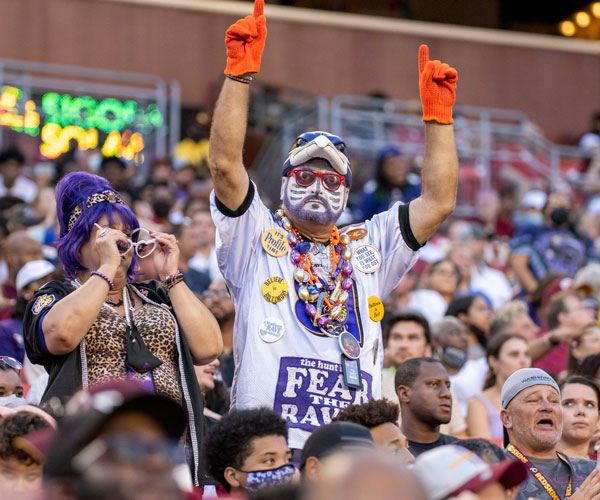When the Cleveland Cavaliers snapped the city’s 52-year championship drought last June, Joe Marinucci spent a lot of time talking to the media. “Everyone wanted to talk about LeBron,” says Marinucci, president and CEO of the Downtown Cleveland Alliance, who ticks off significant investments in housing, the convention center, hotel rooms, and wayfinding and infrastructure that give downtown a more pedestrian feel. “I kept trying to tell them all the things we had done while he was away,” he says. If downtown wants to hit 25,000 residents, here are three lessons we need to apply moving forward.
Enter attract mode
With a residential base expected to surge from 14,000 to more than 16,000 by the end of 2018, downtown has attracted a grocery store, local retail, yoga and fitness studios, and even sand volleyball courts at North Coast Harbor. “People want to live in an environment with a great amenity base,” says Marinucci. Future attractions should be geared toward families. “We’re going to need a K-12 facility downtown, whether it’s a charter school or a school district facility.”
Follow the market
While downtown has added more than 2,000 residential units since 2011, Marinucci foresees a shift to “more of a buyer’s market” for young professionals interested in an urban lifestyle. “We need to develop a diversified portfolio including both professional and workforce housing,” he says.
Keep the momentum
There is plenty of room for future projects. Several old buildings could be renovated, and surface parking lots are sites for development. “It’s always better to take a historic building and renovate it,” says Marinucci. “There is a big market for buildings that embody history and architectural beauty.”




